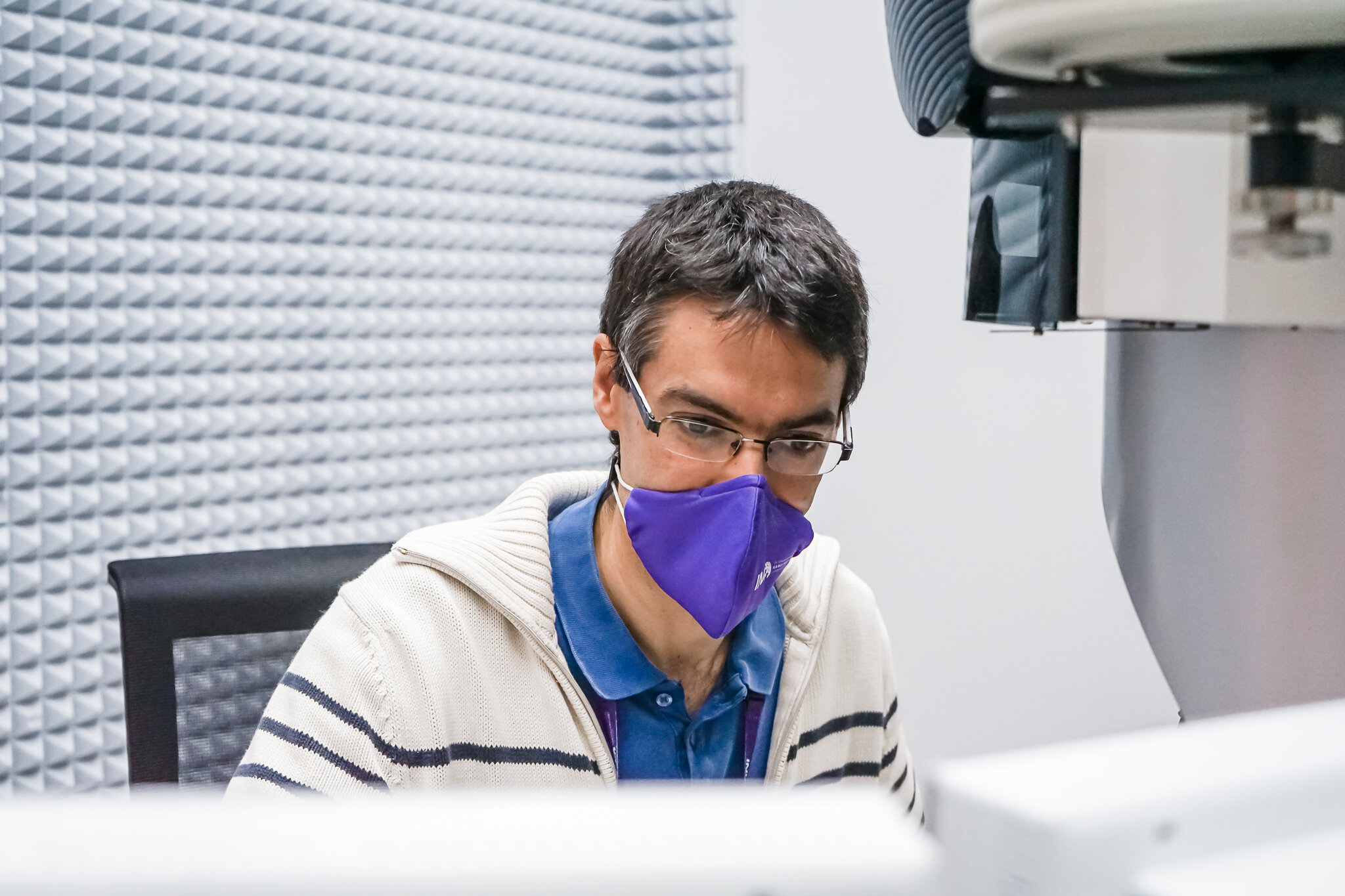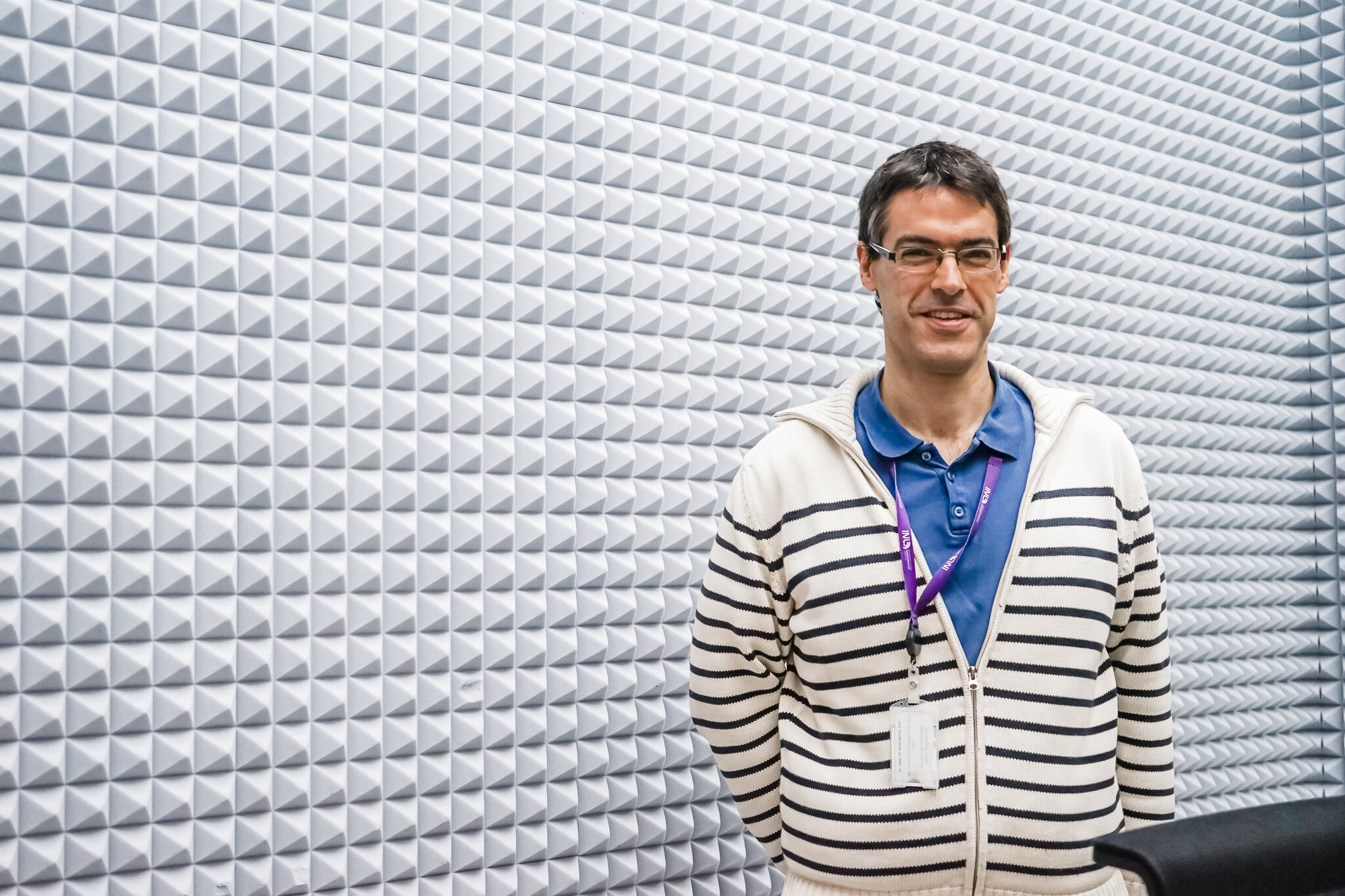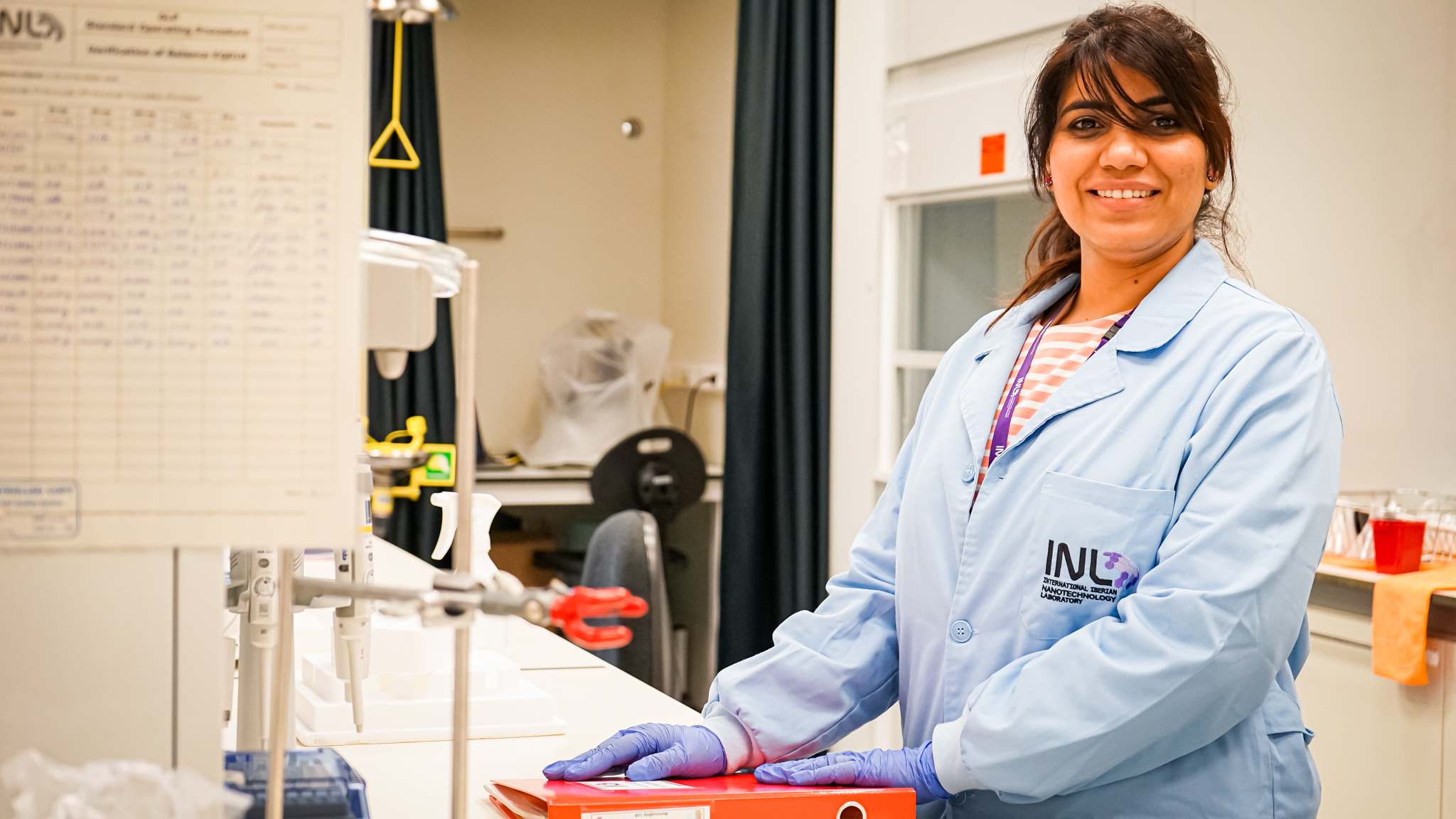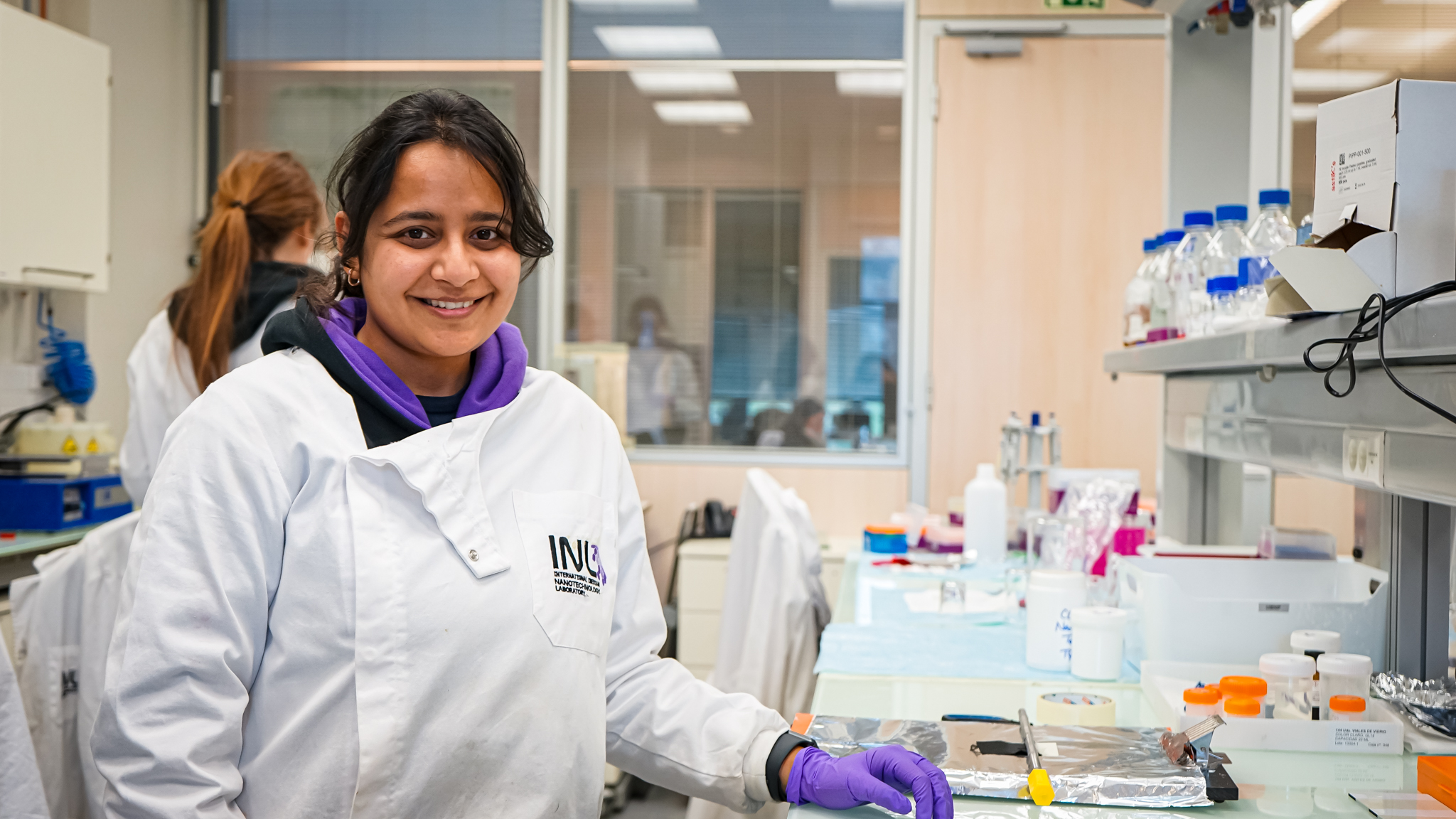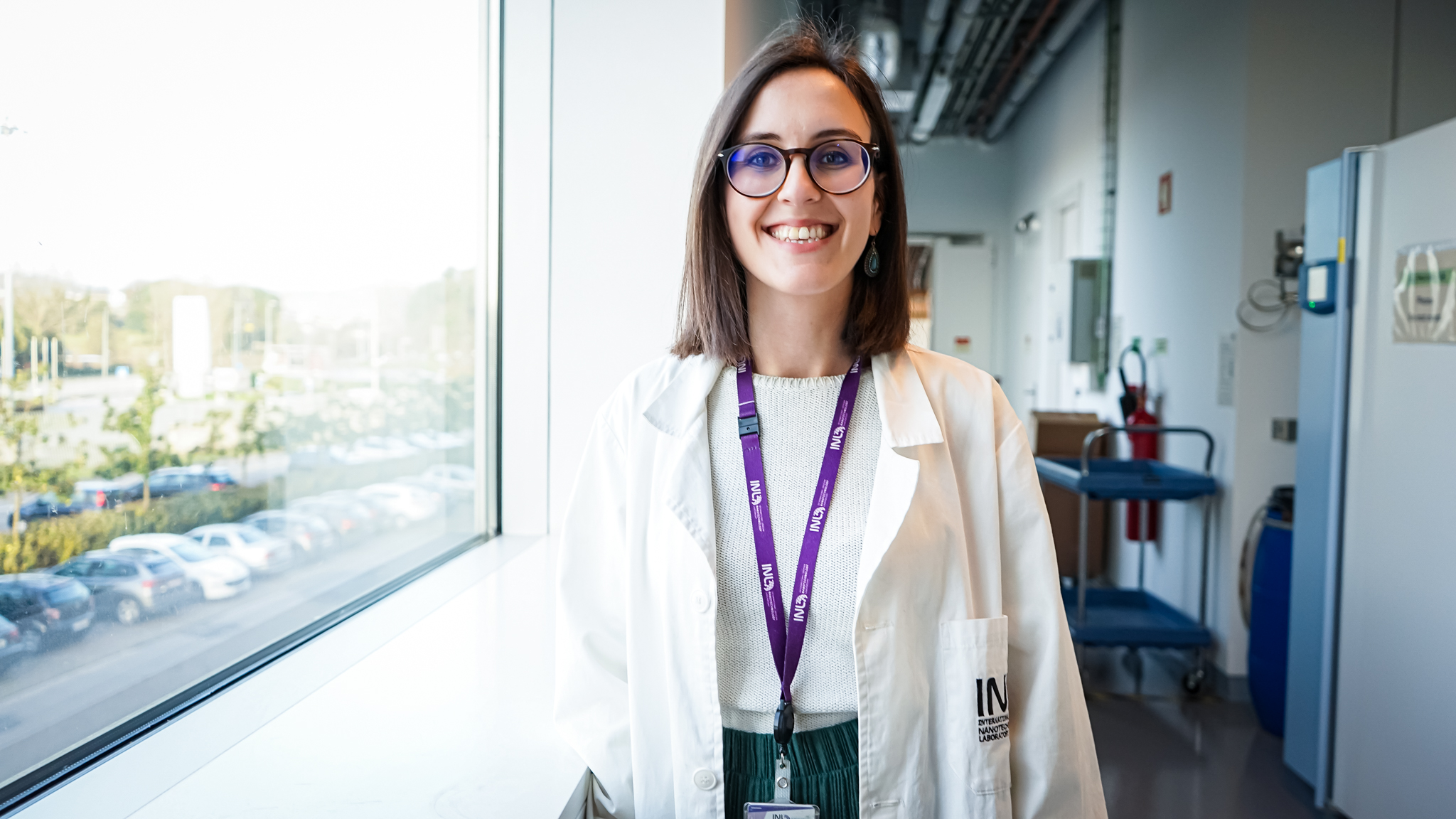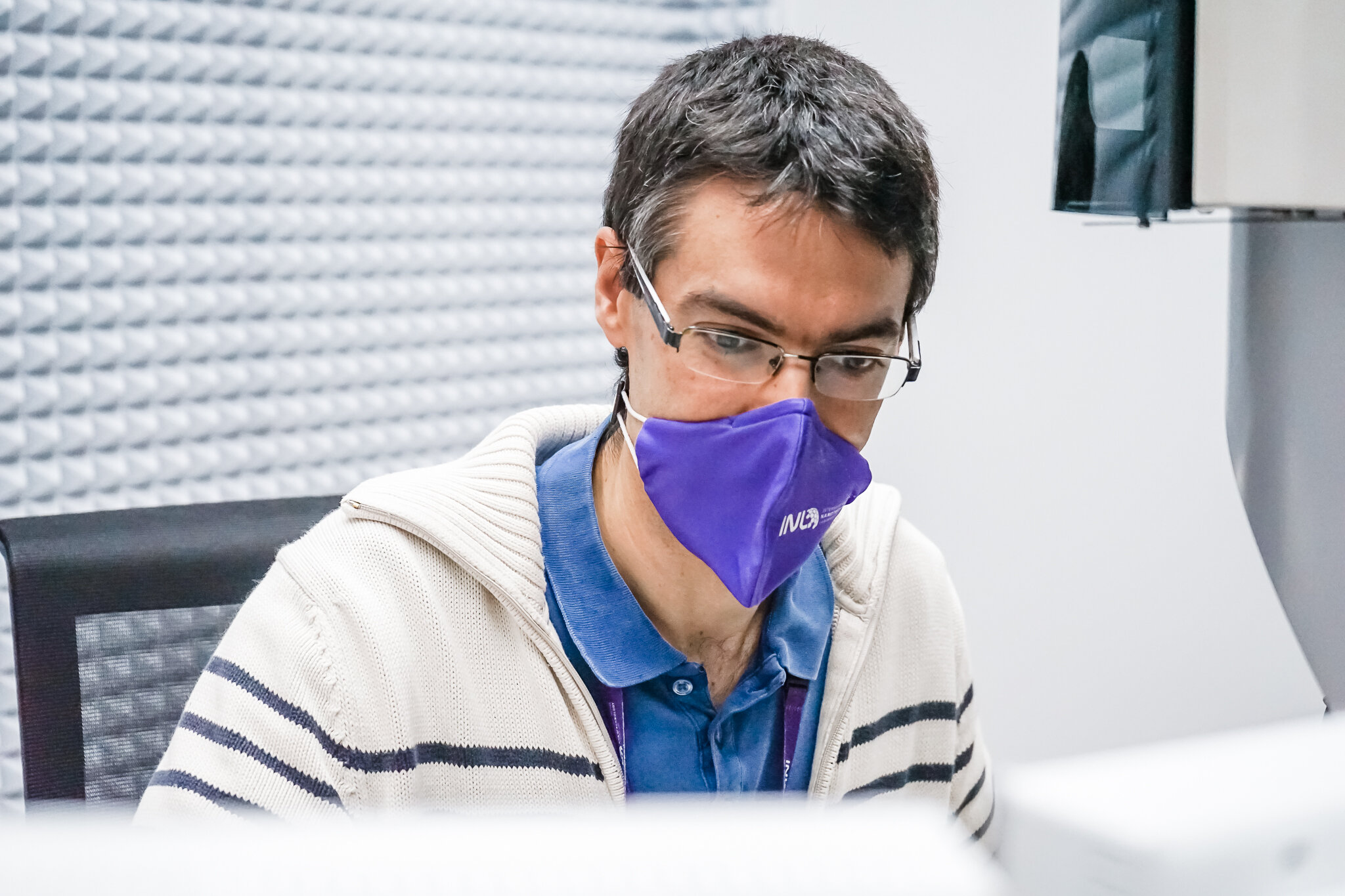
Understanding materials structure at atomic level, an interview with Enrique Carbó-Argibay
December 17, 2020
Meet Dr Enrique Carbó-Argibay, Electron Microscopy Facility Manager at INL. He is in charge of maintaining cutting-edge instrumentation, particularly advanced electron microscopes, in top shape, to directly enable groundbreaking science and engineering. He also provides hands-on training and technical support to internal and external users from academia, industry and non-profit organizations. This role is part of the “Open Access” policy implemented at INL that allows access by external users to the cutting-edge facilities at INL.
Can you tell us what you are working on at present?
In AEMIS Facility, we try to help INL researchers to solve their scientific problems since the perspective of Electron Microscopy. Basically, our work consists of discussing scientific problems with researchers in order to give them answers through Electron Microscopy and so, help them to move forward in their research. Taking this into account, it’s easy to understand how broad and diverse is our portfolio of services and projects, covering topics so different as Food, Environment, Automotive, Textile, Batteries, Semiconductors or Health.
Moreover, we don’t only work with INL researchers, but also with external customers/researchers such as Universities, Research Centers or Private Companies. Most of our customers are from Portugal and Spain, but we also have service requests from other countries such as USA, Germany, Ireland or Israel. Currently, we are working very actively to increase our portfolio of external customers, not only from the Member States but all around the World.
Why did you decide to work in Electron Microscopy?
At that time I didn’t know but now, from a better perspective, I think that an Electron Microscopy School I attended in 2009 in France changed my research interests and put my focus on Electron Microscopy. I was doing my PhD on the synthesis of plasmonic nanoparticles and I used to use Electron Microscopy as a tool to characterize that kind of samples. However, that School helped me to see the huge potential of Electron Microscopy itself to understand materials structure at the atomic level and so, be able to explain their macroscopic properties as well as their behaviour. Honestly, I enjoy a lot working on Electron Microscopy because it allows me to give answers to many scientific problems related to materials structure and composition.
How would you explain the importance of your work area to a non-scientific person?
I guess the importance of Electron Microscopy lies in the versatility and power of the technique itself. In fact, Electron Microscopy gathers many techniques in the same equipment, all them based on electron-matter interaction. The applications of the nanomaterials or other new materials are based on their intrinsic properties and those properties have their origin in the atomic structure and composition. Electron Microscopy sheds light in that correlation between structure – composition and properties of the materials. To understand the origin of materials properties allows their control through the rational design of those materials. I think that’s where the importance of Electron Microscopy lies, correlating the properties with the structure and composition of the materials and therefore, contributing to the optimization and design of materials with the desired properties for different applications.
What inspires you about science?
I guess this is something quite common in the scientific community but the challenge of investigating something completely new or something that no one else has evidenced before is super exciting if you think about it. I think that is the essence of Science, be able to investigate and find something new or give an explanation of unknown phenomena, knowing that this investigation will contribute to the benefit of scientific knowledge and therefore of the society. It’s really appealing and creates passion for what you do. Science with passion is an awesome recipe for the advancement of scientific knowledge. I believe that’s the main motivation of scientists and what allows us to overcome most of the difficulties we find during the scientific career.
